THE FASCINATING HISTORY OF MONTEGGIORI

On a hill overlooking the sea, in a predominant view of the coast, stands the castle of Monteggiori.
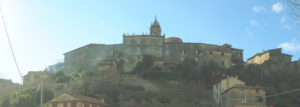
Its name, which refers to the morphology of the territory, basically means “small mountain”.
The oldest document on this village dates back to 1224 and it’s conserved in the Archiepiscopal Archives of Lucca.
Its origins are lost in the darkness of the early Middle Ages, but its structure reflects something more on its history.
The presence, since ancient times, of the cultivation of the vine and the olive tree combined with the beauty and strategic nature of the position, suggest a pre-existing settlement of the Roman era.
Another theory states that it could be a “pagus” of the ancient tribes of the Ligurian-Apuans who lived in this area for a long time.
Instead an interesting urban study by Edoardo Detti claims that the settlement may have Etruscan origins.
The plant of Monteggiori in its beautiful, even elementary, elongated fish shape has a structural style of the Middle Ages called precisely “acropolis spindle”.
This architecture is typical of the Lazio and Tuscan centers formed on the old Etruscan cities.
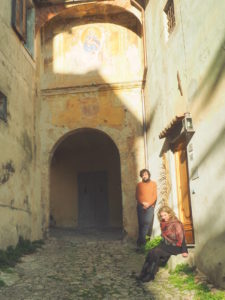
The main access door
The castle has an external wall that still encloses the town and a second internal wall on three sides of the town, excluding the one facing the sea already protected by the steep slope of the hill.
The still existing doors of the castle open in this second enclosure.
The arched main door leads directly to the central square and a smaller one, probably an escape route during a siege, is located behind the church.
A small road connects the house of the lord to the nearby fortress, wich is an extreme defense of the castle when the enemy breaks through the first two defensive walls.
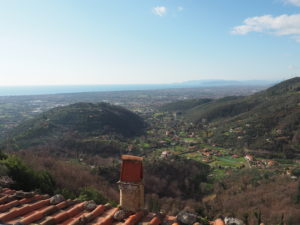
Its position allows the view of the whole plain of Versilia, with its sea and the many places of holiday.
In the past it was a swampy, uninhabited territory and an obligatory passage for invading armies.
Over the centuries it was the scene of strong disputes between Pisa and Lucca, then Lucca against Florence and Milan and finally with Genoa, always ended in fierce battles fought around the fortresses.
Until in 1513 it was assigned by the Pope to the town of Lucca, which had to renounce the city of Pietrasanta.
One of the most important figures that has resided there is Castruccio Castracani, a leading figure in the history of Lucca both for military victories and for his popularity.
The Duke of Lucca often visited the Castle, a prosperous feud that guaranteed an excellent land rent thanks to the olive groves that surrounded the area.
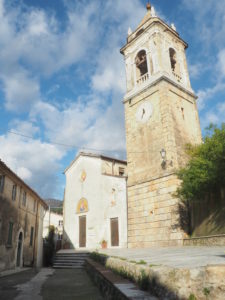
Few and fragmentary news about the Church that was initially dedicated to Saints Stephen and Andrew.
In its bell tower there are currently five bells: one small and four large.
Three of them date back to very recent times (1946) built by the company Magni di Lucca, replacing the three at the beginning of the century and exported by order of the Italian government during the Second World War.
An interesting anecdote for the fourth, which according to popular tradition was found in the castle fortress and mentioned in a document dated 8 August 1596.
It is 90 centimeters high and at the top shows the following inscription
MENTE SCA SPONTANEAM DEO PATRI
A.D. MCCCLXVI
BENGIVENNI PISANO ME FECIT
ELIBERASIONEM
Its interpretation results:
“The year of the Lord 1366 with holy thought Bencivenni Pisano made me for spontaneous decision to honor God the Father”.
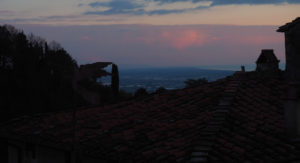
Among the various popular legends, in addition to that of the ghost of Iori, there is one that concerns the underlying valley of Cannoreto.
The Duke of Groningen during the siege of Rotaio in an attempt to accompany Henry of Flanders, emperor of Constantinople, outside the fortress through the underground tunnels that led to the Castle of Montegiore, lost his life in the area of Cannoreto due to a landslide.
According to legend, the ghost of the Duke, restless for the sad death, on the full moon nights walks around the fortress.
At the end of this rapid story over the centuries, I end with the words of Dr. Paolo Dinelli:
<< On the top of the hill, where one of the most powerful and disputed strongholds of the region was born,
there is today a charming and refined village of just over 500 souls.
Who goes up here, in this place where the beauty of nature meets and merges with the language of history,
it can not escape the charm of the ancient memories that emanates from the stony walls blackened by time;
and among these excelled ruins, it really seems the winds quiver,
in the long, cold winter nights, arcane histories and fabulous legends.>>
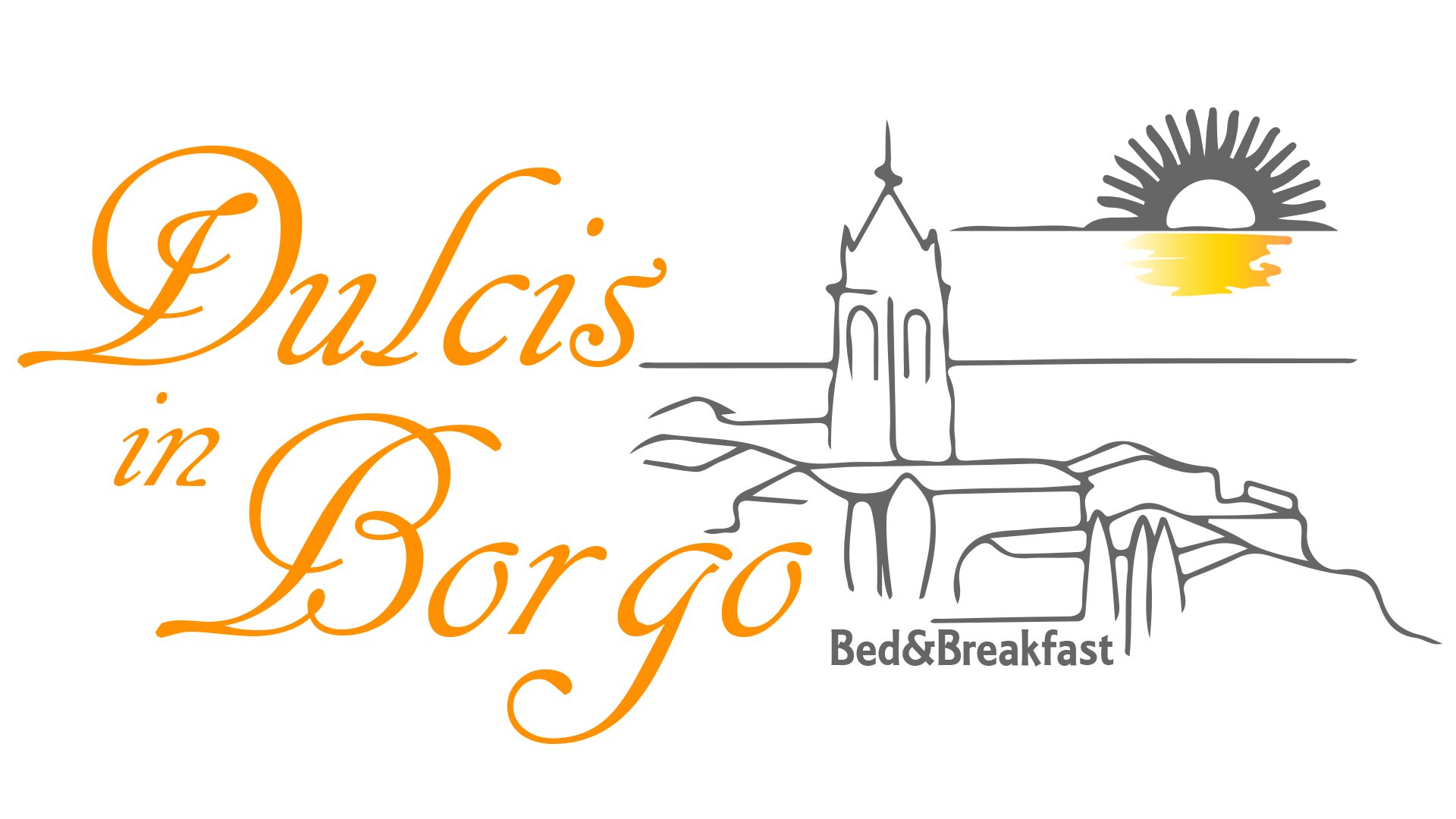
No Comments